Through hard work and determination, many immigrant communities have contributed to their host countries by adding cultural vibrancy and displaying an ethic of hard work and business acumen. In Victorian England Carlo Gatti was one such immigrant.
Carlo Gatti was born in 1817 in the Blenio Alpine Valley in Italian-speaking Switzerland. It was a poor, isolated area whose male inhabitants couldn’t wait to leave and find work in the newly-industrialised Europe.
Gatti was no exception. Initially, he seemed to lack ambition; he was not a scholar and often played truant. After a terrible beating at school Gatti never returned. Instead he walked to Paris, a journey of 600 miles, where his father had established a chestnut business.


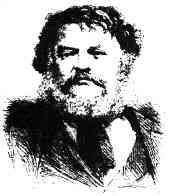
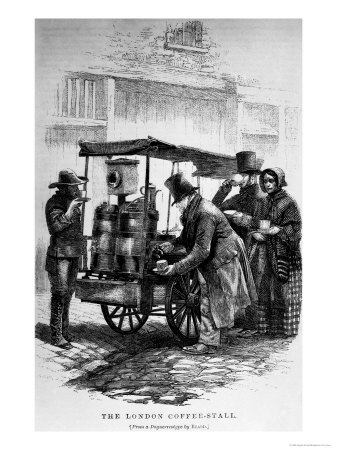



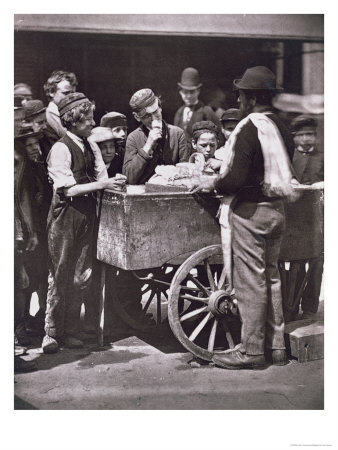
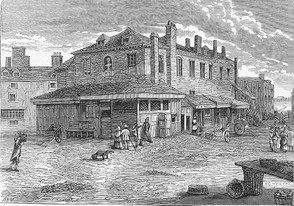






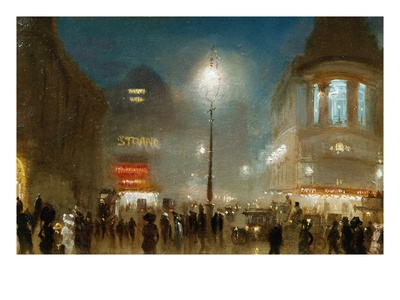





 How to Choose a Walking Cane or Stickon 08/01/2014
How to Choose a Walking Cane or Stickon 08/01/2014
 Michael Miller Fabulous Fabric Swatches for Quilting, Crafts etcon 07/02/2014
Michael Miller Fabulous Fabric Swatches for Quilting, Crafts etcon 07/02/2014
 The Drama of Life in the Rock Poolon 06/08/2014
The Drama of Life in the Rock Poolon 06/08/2014
 The Flâneur - Symbol of Modernity in 19th Century Parison 05/09/2014
The Flâneur - Symbol of Modernity in 19th Century Parison 05/09/2014
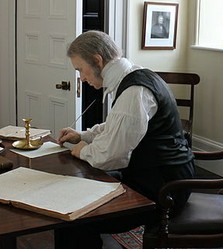
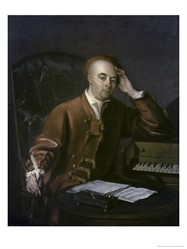
Comments
Thank you EmmaSRose! Yes, you are right - I think ice cream was definitely a stroke of genius! :)
cmoneyspinner - Ha ha - any excuse to pig out! I'm with you there...especially on ice cream.
Mira - If you find that recipe I hope you share it! :)
This made me want to make ice cream sometime soon. I wish I had some famous recipes from that time. I do have some old Romanian recipes from the middle of the 19th century, actually. I'll have to look for it. Thanks for this! His life tells a lot about how cafe businesses in the food industry evolved.
I am going to make my own ice cream one day. But first ... FIRST ... I have to try all of the other flavors and brands in the grocery stores and at the local ice cream shops. Hey! How else will I know if my home-made ice cream is any good?!! :)
I guess there's a lot more red tape around these days to de-motivate people!
I wish more people were this motivated. I wish I was that successful!
Yes, that work ethic seems to be deeply ingrained, along with hope!
It sounds as if he worked very hard, as many immigrants do, to succeed in a new country.